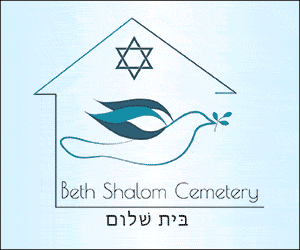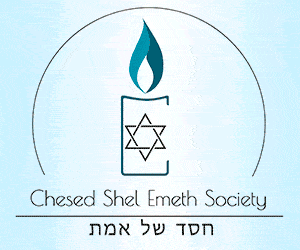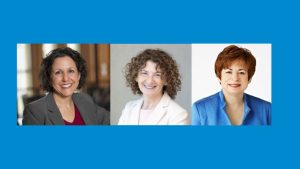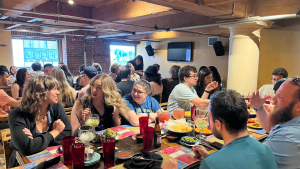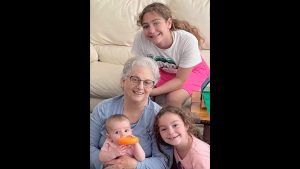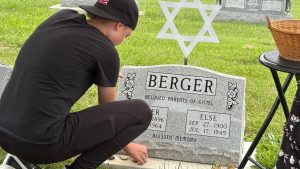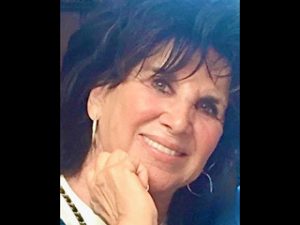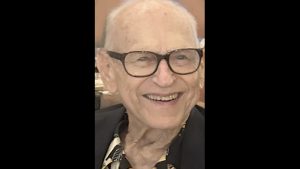What Boston hospitals learned from Israel
Published April 22, 2013
TEL AVIV (JTA) — Minutes after a terrorist attack killed three at the finish line of the Boston Marathon last week, doctors and nurses at the city’s hospitals faced a harrowing scene — severed limbs, burned bodies, shrapnel buried in skin.
For Boston doctors, the challenge was unprecedented, but they were prepared. Many Boston hospitals have doctors with actual battlefield experience. Others have trauma experience from deployments on humanitarian missions, like the one that followed the Haitian earthquake, and have learned from presentations by veterans of other terror attacks, like the one at a movie theater in Colorado.
But they have also benefited from the expertise developed by Israeli physicians over decades of treating victims of terrorist attacks, expertise that Israel has shared with scores of doctors and hospitals around the world. Eight years ago, four Israeli doctors and a staff of nurses spent two days at Massachusetts General Hospital teaching hospital staff the methods Israel has pioneered.
According to the New Yorker, every Boston patient who reached the hospital alive survived.
“We had periods where every week we had an attack,” said Dror Soffer, director of the trauma division at the Tel Aviv Medical Center, who participated in the delegation. “It becomes your routine.”
Techniques that were “routine” in Israel by 2005, and that helped save lives in Boston last week, began evolving in the 1990s, when Israel experienced a spate of bus bombings. Israeli doctors “rewrote the bible of blast trauma,” said Avi Rivkind, the director of surgery at Jerusalem’s Hadassah Medical Center, where 60 percent of Israeli victims were treated.
Much of what Israel has learned about treating attack victims was done on the fly. In 1996, a 19-year-old soldier arrived at Hadassah following a bus bombing with severe injuries to her chest and esophagus. Doctors but chest drains on her lungs and performed endoscopies twice a day to stop the bleeding. Both techniques are now regular practices.
“We were sure she was going to die, and she survived,” said Rivkind.
A riskier move came five years later, when Adi Huja arrived at Hadassah with massive blood loss following an attack in downtown Jerusalem. When Rivkind realized his team wasn’t controlling the bleeding, he directed staff to administer a shot of NovoSeven — a staggeringly expensive coagulant typically used for hemophiliacs that was not approved for a trauma situation. But it worked, and Huja survived.
Rivkind is an internationally recognized expert in terror medicine and widely considered one of the great brains behind Israeli innovations since adopted around the world. Trained at Hebrew University, Hadassah and the Institute for Emergency Medical Services System in Baltimore, he has contributed to several volumes on trauma surgery and post-attack care and authored a number of seminal medical studies. Rivkind was the personal physician of the late Israeli President Ezer Weizman, helped care for Ariel Sharon after the prime minister fell into a coma after a stroke, and has performed near-miraculous feats, once reviving a soldier shot in the heart who had been pronounced dead in the field.
But not everything he has learned about treating attack victims comes from a story with a happy ending. In 2002, Shiri Nagari was rushed to Hadassah after a 2002 bus bombing. She appeared to have escaped largely unharmed, but 45 minutes later, she was dead. It was, Rivkind later wrote, the first time he ever cried after losing a patient.
“She seemed fine and talked with us,” he told JTA. “You can be very injured inside, and outside you look completely pristine.”
Organizing the emergency room, Rivkind said, is as important as treating patients correctly. During the Second Intifada, Hadassah developed what he called the “accordion method,” a method of moving patients through various stages of assessment with maximal efficiency. That process has become standard in hospitals across Israel and around the world.
Some of what distinguishes Israeli trauma doctors are qualities that are hard to teach. Rivkind has said he keeps two beepers and a cell phone on him at all times, even in bed. Even when calls come in the middle of the night, a small army of medical professionals can usually be relied on to arrive at their posts within minutes, sometimes even ahead of the ambulances carrying the wounded.
“Whenever there was an alarm, we jumped, ran and called our homes, and then got ready to absorb patients,” said Liora Utitz, mass-casualty coordinator at Rambam Medical Center in Haifa. “I felt very safe. The volunteerism of everyone gave me strength.”
Israel continues to export its trauma expertise. Rivkind has taught medicine in Melbourne and Southern California. Delegations of doctors from New York and Los Angeles have visited him in Jerusalem. This week, he will speak with Maryland Governor Martin O’Malley, who is visiting Israel, about strengthening connections between Hadassah and hospitals in Baltimore.
“We have tens of years of cumulative trauma experience,” he said. “We’ve learned not to give up.”
Need to know? Click here to sign up for JTA’s free e-newsletters.
Click to write a letter to the editor.
This article was made possible by the support of readers like you. Donate to JTA now.
![]()





